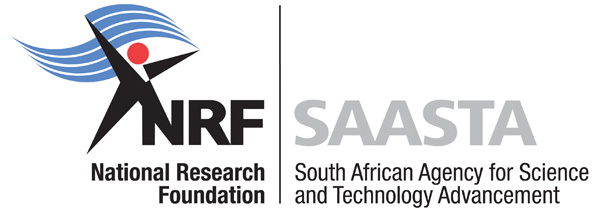Theme: Life and Living
About The Workshop
The South African Agency for Science and Technology Advancement (NRF-SAASTA), a business unit of National Research Foundation (NRF) in collaboration with South African National Biodiversity Institute (SANBI) hereby wishes to invite the grade 4-7 educators to participate in a two (2) day online workshop on the subject of Natural Sciences. The focus area of the workshop will be various topics that form part of the theme Life and Living. The workshop will constitute of two sessions covering three topics each day
Workshop Brief
1. Living and non-living things
The educators will explore the components of living and non-living things to understand their similarities and differences. The concepts will be discussed to clarify misunderstandings
Activity: Educators will analyze the difference between the two concepts. Educators will explore the characteristics of living things and discuss using the online pictures. In this topic we will also explore some of the living things and categorize them according to taxonomy.
2. Animal habitats
A habitat is the immediate environment in which a living organism exists. A habitat can exist in any size and can even be as small as a rock pool or a log that is decaying on the forest floor. The word habitat, however, generally refers to a place or environment where a plant or animal naturally or normally lives and grows. Habitats contain both living organisms and non-living objects and can contain anywhere from just a few species to thousands of them, all coexisting in a very small or large space. Educators will explore the different habitats and organisms that exist in them.
3. Food chains and food webs
The transfer of energy in the ecosystem from organism to organism happens through food chains and food webs. Learners need to understand the different consumers and producers within the trophic levels that live in the ecosystem. Autotrophs produce organic matter from inorganic substances, including both minerals and gases such as carbon dioxide to maintain their bodies, grow, develop, and to reproduce. Learners will analyze different food webs.
4. Nutrients and nutrition
Nutrients are the substances found in food which drive biological activity and are essential for the human body. The food we eat can be grouped or classified into different types or groups. We call these food groups. They are categorized as proteins, fats, carbohydrates (sugars, dietary fiber), vitamins, and minerals, and perform the following vital functions. Educators will explore different food sources and their building blocks that provide specific or mixture of nutrients.
5. Classification of Organisms
There are many kinds of organisms on earth which are part of plants, animals, fungi, bacteria and Protista. These organisms have specific characteristics that differentiate them from each other. Educators will discuss with the facilitator how to sort and classify organisms accordingly. There are many different classes of organisms and each one belongs to specific class. Though some organisms are complex and difficult to classify, educators will explore the five most well-known classes of vertebrates.
6. Biodiversity
Teaching biodiversity, or the variety of life on Earth, is a daunting yet exciting task. This activity supports learners in understanding importance and threats to biodiversity in our ecosystems. Biodiversity conservation has increasingly gained recognition in national and international agendas. The Convention on Biological Diversity (CBD) has positioned biodiversity as a key asset to be protected to ensure our well-being and that of future generations.
Upcoming Workshops

Mr. Simon Rametse
S.Rametse@saasta.nrf.ac.za
